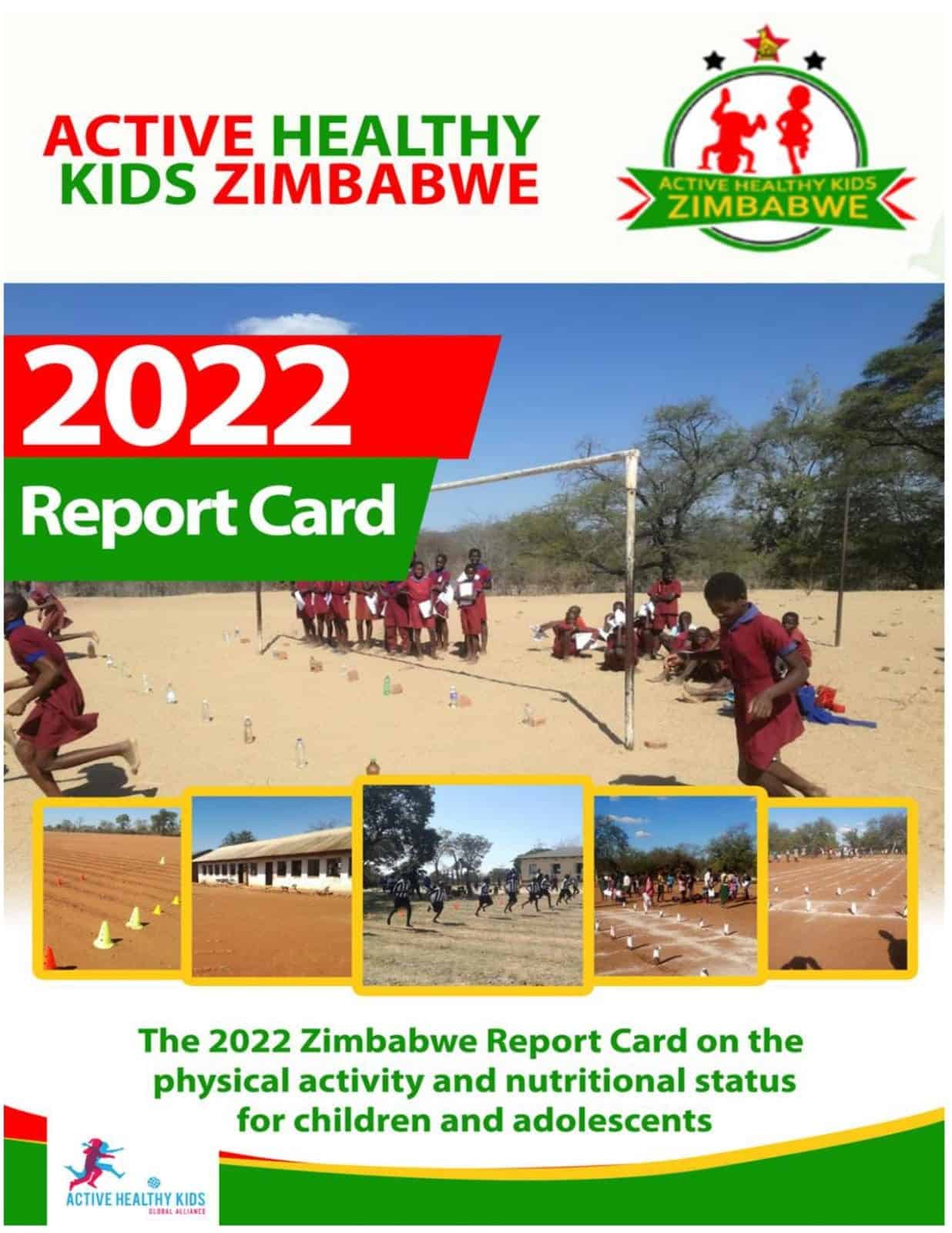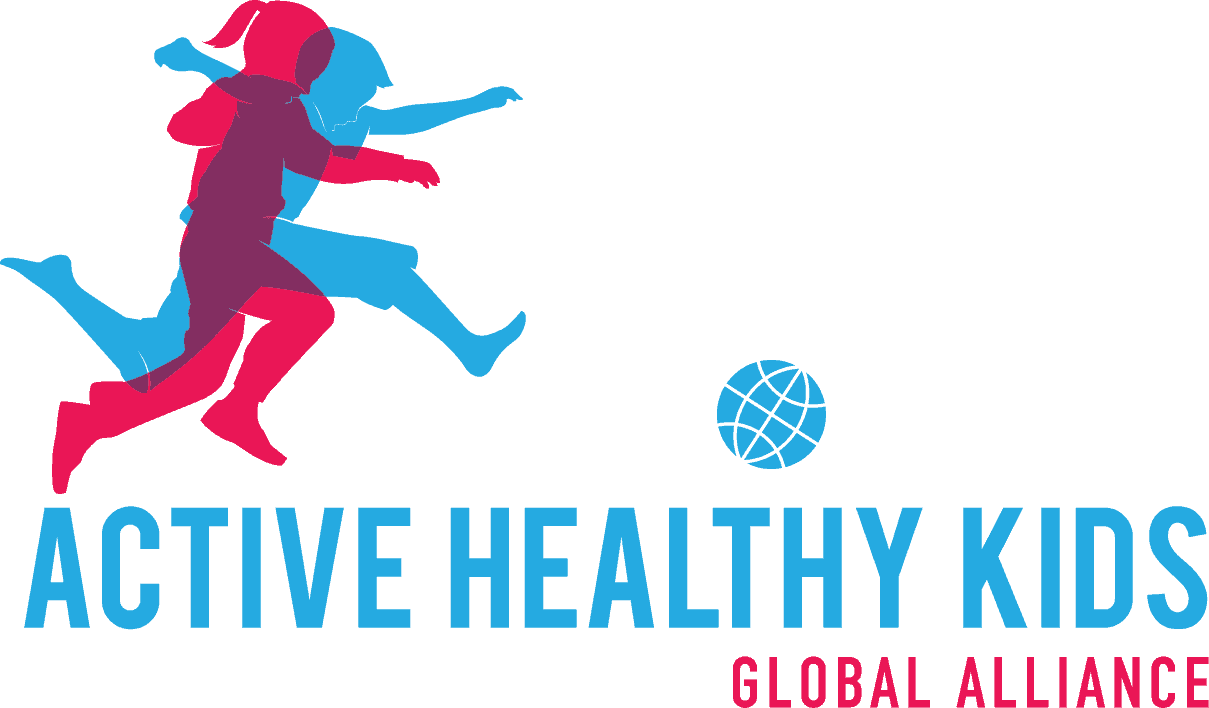
15 Feb Team Zimbabwe Publishes Paper on Their 2022 Report Card
Report Card team from Zimbabwe has recently published a paper titled “Indicators of physical activity and nutritional status among children and adolescents in Zimbabwe: Findings from three global matrix initiatives” in the Journal of Exercise Science & Fitness. Citation details and a summary of the paper are below.
Congratulations, Team Zimbabwe!
ABSTRACT
Background
Regular physical activity is associated with several benefits among children and adolescents. Globally, only limited surveillance data, collected using harmonized approaches to accurately compare levels of physical activity among children and adolescents are available. Through its Global Matrix initiatives, Active Health Kids Global Alliance provides an opportunity for participating countries/jurisdictions to compare physical activity levels of children and adolescents based on ten common indicators. The 2022 Zimbabwe Report Card summarizes the best available evidence and assigns grades on these ten indicators of physical activity for children and adolescents.Methods
Through an iterative process, a team of national experts working in various sectors of physical activity used Active Healthy Kids Global Alliance’s Global Matrix benchmarks and grading rubric, to assign Report Card grades on 10 indicators of physical activity (Overall Physical Activity, Organized Sport and Physical Activity, Active Play, Active Transportation, Sedentary Behaviours, Physical Fitness, School, Family and Peers, Community Environment, and Government) among 5-17-year-old children and adolescents in Zimbabwe. Published and unpublished data as well as policy documents informing grades for each indicator were summarized. An unweighted average of all studies with data for an indicator was used to inform the grade assignment. Where data were unavailable or insufficient to provide accurate estimates, an incomplete grade was assigned. The primary purpose of the present study was to synthesize and summarize the best available data and assign grades on 10 common indicators of physical activity for children and adolescents. The secondary objective was to compare Report Grades across three Global Matrix initiatives.Results
Grades for the ten common indicators for Global Matrix 4.0 plus Nutritional Status (B+) were assigned as follows: Overall Physical Activity (C+), Organized Sport and Physical Activity (B-), Active Play (C+), Active Transportation (B), Sedentary Behaviours (C), Physical Fitness (Incomplete), Family and Peers (Incomplete), School (C), Community and Environment (C-), Government (D). Generally, grades for individual behaviours (Physical Activity, Organized Sport and Physical Activity, Active Play, Active Transportation, Sedentary Behaviours) were higher than for sources of influence (Family and Peers, School, Community and Environment, Government). Across 3 Global Matrices, the grade for Overall Physical activity (C+) did not change, Community and Environment (F, D, C-) steadily improved over time; while those for Active Transportation, Sedentary Behaviours and Sports were unchanged for Global Matrix 2.0 and 3.0, but declined for Global Matrix 4.0.Conclusion
Although grades for individual behaviours were higher than those for sources of influence, overall, our findings show that the levels of physical activity among children and adolescents in Zimbabwe were lower than recommended. Robust surveillance data with large and representative samples are required to provide accurate estimates of physical activity participation among children and adolescents in Zimbabwe. Furthermore, policies and initiatives that promote equitable physical activity participation among children and adolescents are urgently needed in Zimbabwe.
CITATION
Manyanga T, Makaza D, Munambah NE, et al. Indicators of physical activity and nutritional status among children and adolescents in Zimbabwe: Findings from three global matrix initiatives. J Exerc Sci Fit. 2023;21(2):202-209. doi:10.1016/J.JESF.2023.02.001
Click here to read the full paper.


